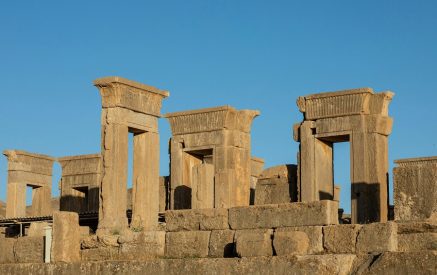“Aravot” toured in Adana and questioned people about Armenians
“Aravot” reported that it is taking part in a part in a two-week bus tour in financial support of the “Eurasia Partnership” Foundation and the European Union visiting Turkey and Armenia. Under the project, the Armenian and Turkish journalists and bloggers had the opportunity to talk with each other on different topics while traveling in two countries, ranging from personal preferences and ending by voicing the Armenian genocide and its recognition by the Turkish government.
The next and beneficial stop for us was the city of Adana. Near the area of the lower stream of Saros river, in this famous city of Lowland Cilicia, few remembered about Armenians, despite the fact that in early 20th century, 12600 out of 45000 residents living in Adana were Armenians. It was the year of 1909, when the massacre of Armenian population in Adana occurred. During the Great Genocide, there was no Armenians left in Adana, but after World War I, when Cilicia passed to France, a part of Armenians returned. On 4 August 1920, the Autonomous Cilician Republic of Armenia, led by Mihran Tamatyan, was proclaimed in Adana under French patronage Adana, However, it was declared a republic in name only. Soon the French military authorities handed Adana and the entire Cilician Republic of Armenia to Kemalist Turkey.
Read also
Most part of Adana Armenians were migrated to Syria and Lebanon. In Adana, we accompanied by a Turkish journalist, were walking across the famous multi-arch bridge Saros, walking by the Armenian Girl’s College in Adana and asking the people about the Armenians living here and the Adana massacres. People we met were reluctant to speak to us. “I have heard about the Armenians, yes, Armenians lived here. But there was a war, people killed each other and many Armenian left and fled. I do not know anything more,” said an elderly man, who in the beginning of the conversation said that he is from Diyarbakir. We inquired to know about what he had heard about the Armenians in general, and the 1915 Armenian Genocide, the old man again pretended knowing nothing about it.
Another old man whom we met said that he had come to Adana from Van, again knowing that an Armenian journalist is standing in front of him, refrained from talking about Armenians living in Adana. We asked what he knows about the Armenians living in Van, his answer was short, “My father used to tell us about Armenians, he was saying that the Armenians used to live in Van, people were fighting for self-defense, and Armenians killed the Turks.” We tried to find out from a young man what he knows about the Armenians and the Adana massacres, his answer was “nothing”. Then we asked what they have passed at school in the textbooks about the Armenian-Turkish relations and the historical past of the two countries. “I did not study well at school, maybe I was absent from the lessons that day,” said he evasively. Note that the Adana massacres were the second phase of the most wide-scale massacre implemented by the Ottoman Empire.
According to the information published in the official website of the Armenian Genocide Museum, more than 30,000 Armenians were deceased in the Adana massacres. The total damage caused to the Armenian population amounted to around 20 million Turkish Liras. 24 churches, 16 schools, 232 houses, 30 hotels, 2 factories, 1429 mansions, 253 farms, 523 stores, 23 mills and many other buildings were burned down.
HRIPSIME HOVHANNISYAN
Photos by Hüseyin Hayatsever and Aykut Gyungyor























































